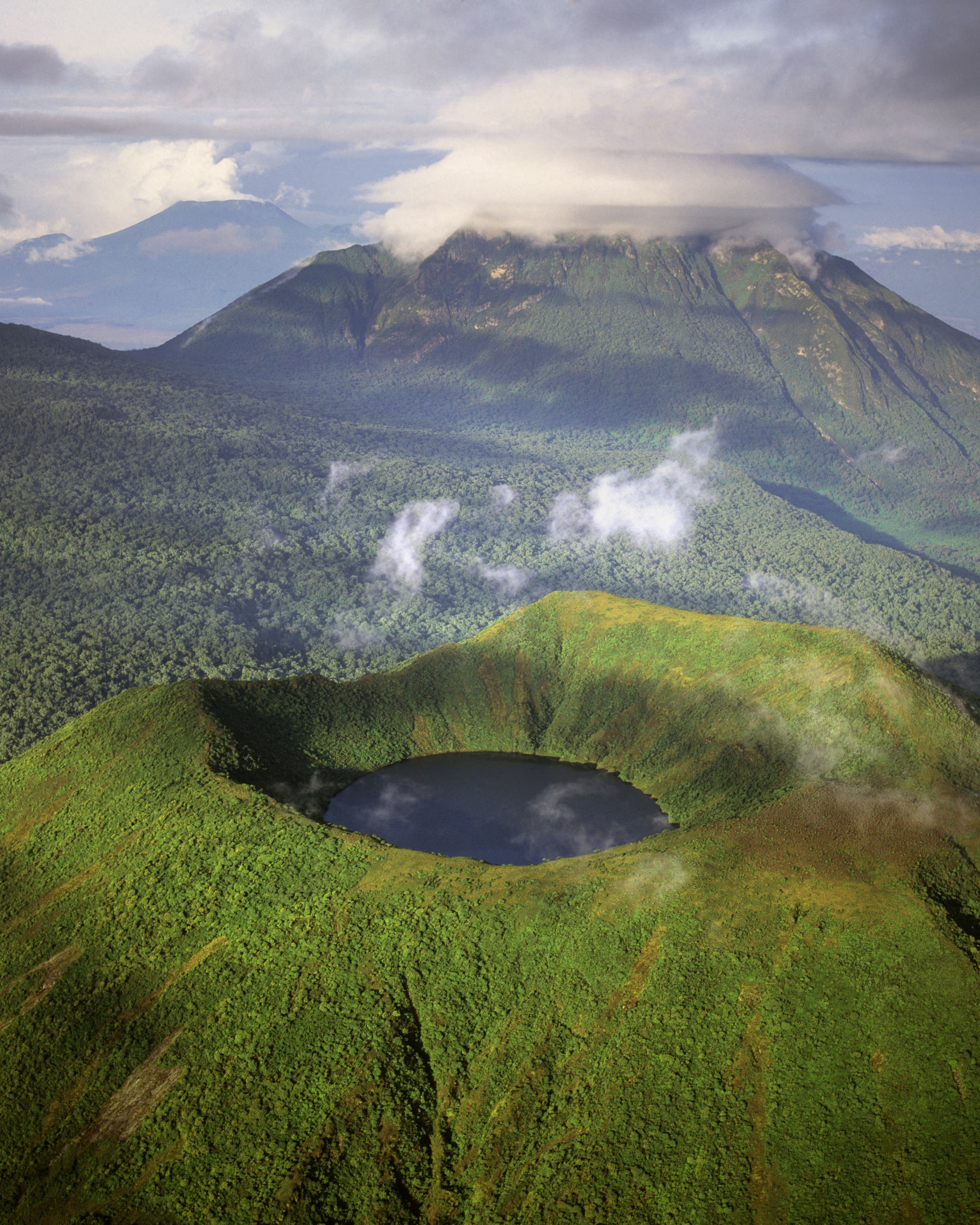
Luxury Safaris in Rwanda
It only takes a few hours to drive the winding road into Volcanoes National Park from the capital, Kigali, but this tiny nation’s journey to becoming a conservation powerhouse has been years in the making.
Building on the work of primatologist Dian Fossey in the 1970s, mountain gorilla habituation brings thousands of visitors each year and has arguably saved the endangered species. Trek through farmlands and bamboo-wrapped slopes to meet the great apes, cheered by communities directly benefitting from tourism. In other areas of the country, wildlife is also flourishing. Listen to chimpanzees drumming buttress roots in the primordial forests of Nyungwe and watch the Big Five traverse plains and woodland in the remarkably regenerated Akagera National Park. Once torn apart by genocide, Rwanda’s population takes patriotic pride in preserving traditions. Fishermen sing in unison as they row across Lake Kivu, pastoralists lovingly herd sacred Ankole cattle, and the streets are – without fail – immaculately clean.
Loading...
